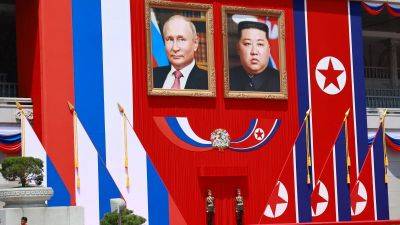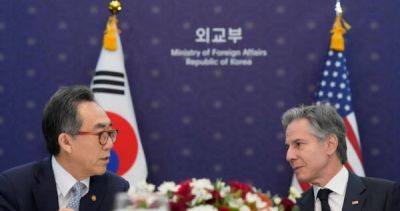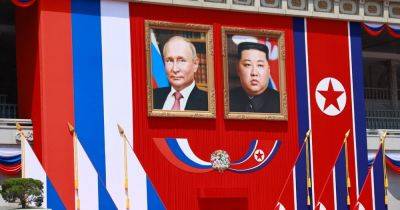‘North Korea will react angrily’: how a US bomber drill could backfire
JDAM converts unguided, conventional bombs into more precise, GPS-guided weapons, including bunker-buster explosives. B-1B bombers are capable of carrying a large conventional weapons payload.
According to analysts, North Korea is very sensitive to drills using bunker-buster bombs, which could threaten its underground military tunnels and structures, and ultimately its leadership.
“The training marked the first time the B-1 has conducted a live munitions drop on the Korean peninsula since 2017,” Lieutenant General David Iverson, US 7th Air Force commander and US Force Korea deputy commander, said on Wednesday. “And offered the alliance its latest opportunity to prepare for combat to defend the Korean peninsula, cementing its combined defence posture and demonstrating extended deterrence.”
“This training showcases the incredible capabilities of our combined forces to simultaneously strike multiple targets in a contested environment,” Iverson added, according to a press statement from the US 7th Air Force.
02:10
South Korea suspends peace pact with North over trash-filled balloons, raising risk of clashes
Moon Seong-mook, a senior researcher at the Institute for National Security, said the B-1B drill arose from the aim of the US and South Korea to strengthen deterrence on the Korean peninsula after signing an agreement to that effect at their summit in Washington last year.
“This is also intended as a show of force to deter Kim Jong-un from committing further provocative acts,” Moon told This Week in Asia.
“North Korea will react angrily, as creating a warlike atmosphere always helps the North’s power elites to tighten their hold on power.”
But Pyongyang would carefully calibrate its reactions, Moon added, for fear that the South







